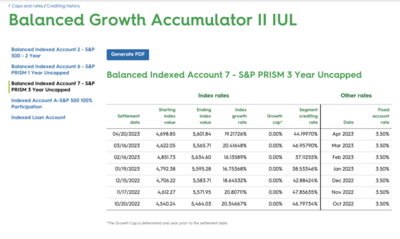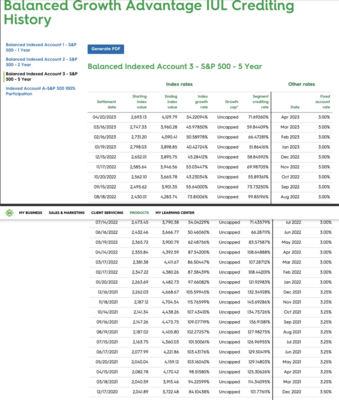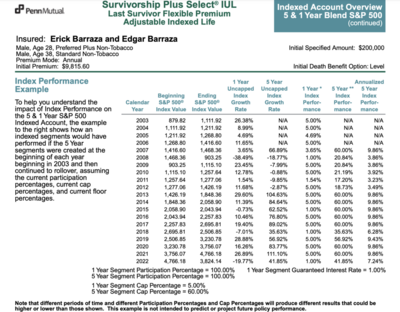- 10,806
If someone can fund now for 7 years, why not show continuing to fund & accumulate for longer.
Because it is not always being paid from earned income.
Its common for people to take low yielding savings to fund IUL or WL.
---
Also, they still can. That is the flexibility of IUL. If they want to continue past 7 years, they can without issue.
Just keep paying premiums and keep the DB at Opt2 instead of switching to Opt1.
Even if they decided to stop paying premiums, they could keep the DB at Opt2 for a while to still have the option to pay the full GLP.
Even if they had switched to Opt1, they could still choose to restart premiums, just lower than the GLP.




